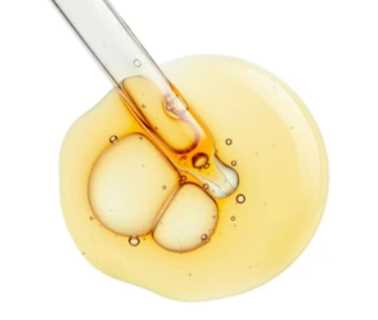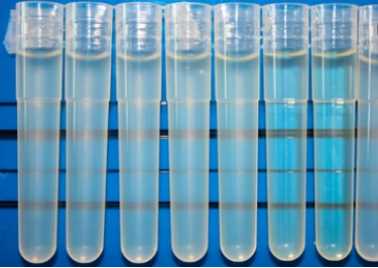Turbidity measurement of liposomes is a simpler and less costly method than dynamic light scattering and electron microscopy detection, the other two being time-consuming and technically demanding, making them unsuitable for monitoring rapid size changes in dynamic environments. Turbidity, on the other hand, refers to the observable turbidity or cloudiness of a liquid caused by suspended solids and is a convenient method for measuring liposomes that allows continuous tracking of changes in particle size. Turbidimetry is the best method to study the effects of aggregation, fusion processes, and micellization induced by peptides and other agents on liposome size and structure changes. Lifeasible can be used to characterize various forms of liposomes to determine the size of liposomes.

Turbidity is usually determined by measuring light's attenuation (intensity loss) as it passes through a sample. Turbidity is usually determined using a turbidimeter. The turbidimeter emits light that passes through a section of the model and detects how much light is scattered by the particles in the water from a direction of 90° to the incident light. This method of scattered light measurement is called the scattering method. Any true turbidity must be measured in this manner. Our experts specialize in providing technical advice and assistance with your research. We specialize in liposome turbidity measurements under dynamic systems.

Lifeasible provides professional liposome turbidity measurements to help customers better and faster analyze liposome size changes. We have a strong capability to provide a one-stop solution from liposome manufacturing to analysis. A comprehensive range of equipment will meet your specific needs. Please contact us for more information.
Samples are typically introduced as glass cuvettes in the case of benchtops and portable turbidimeters. In-line devices occasionally use glass cuvettes but more often use sample liquids that flow through the chamber between the light source and the photodetector.
Therefore, the following two points should be noted in the calibration process:
It must be strictly in accordance with the requirements of the calibration procedures, with a microporous membrane filter distilled water more than 2 times to obtain the zero-turbidity water for calibration.
Low turbidity standard solution should be preserved in a glass container, suitable for preservation in a glass container in an environment below 10℃ refrigerated, which can ensure that the turbidity does not change over a long period of time. When the standard solution is used, it should be shaken well.
If you are interested in our services, or if the service you want is not listed, please feel free to contact us, and we will get back to you as soon as possible.